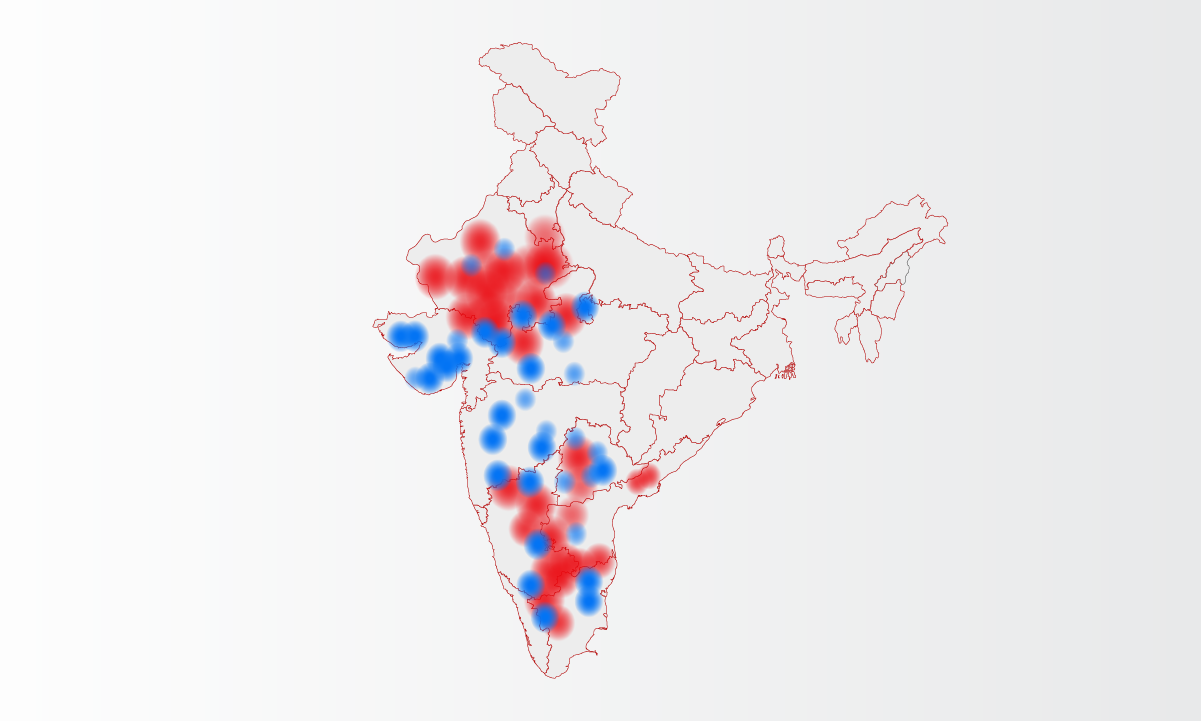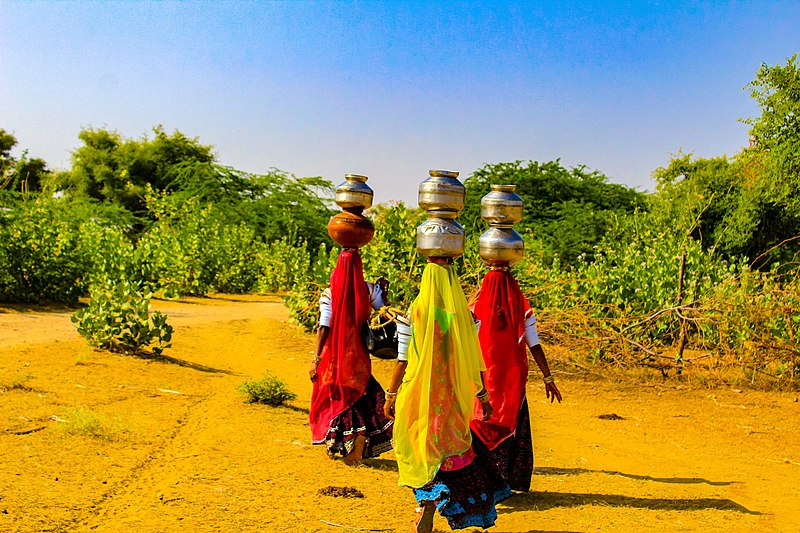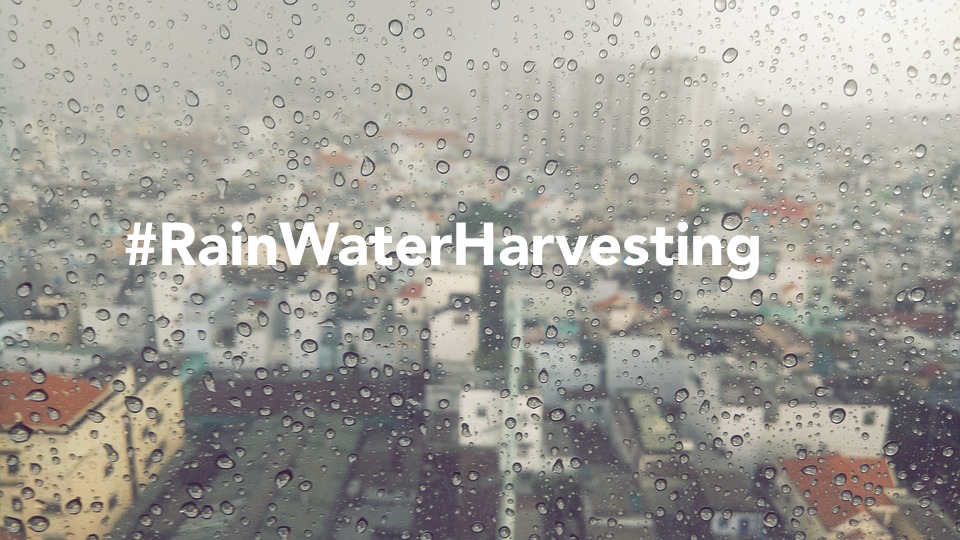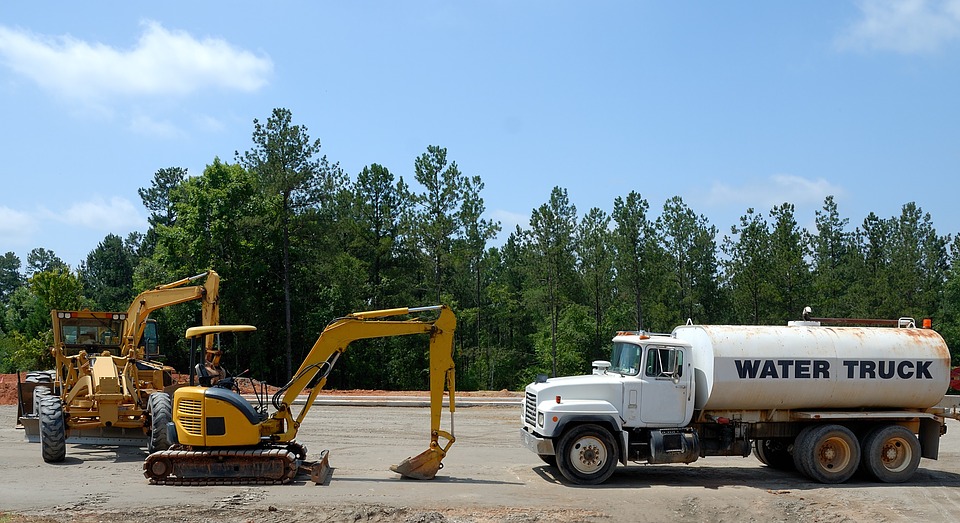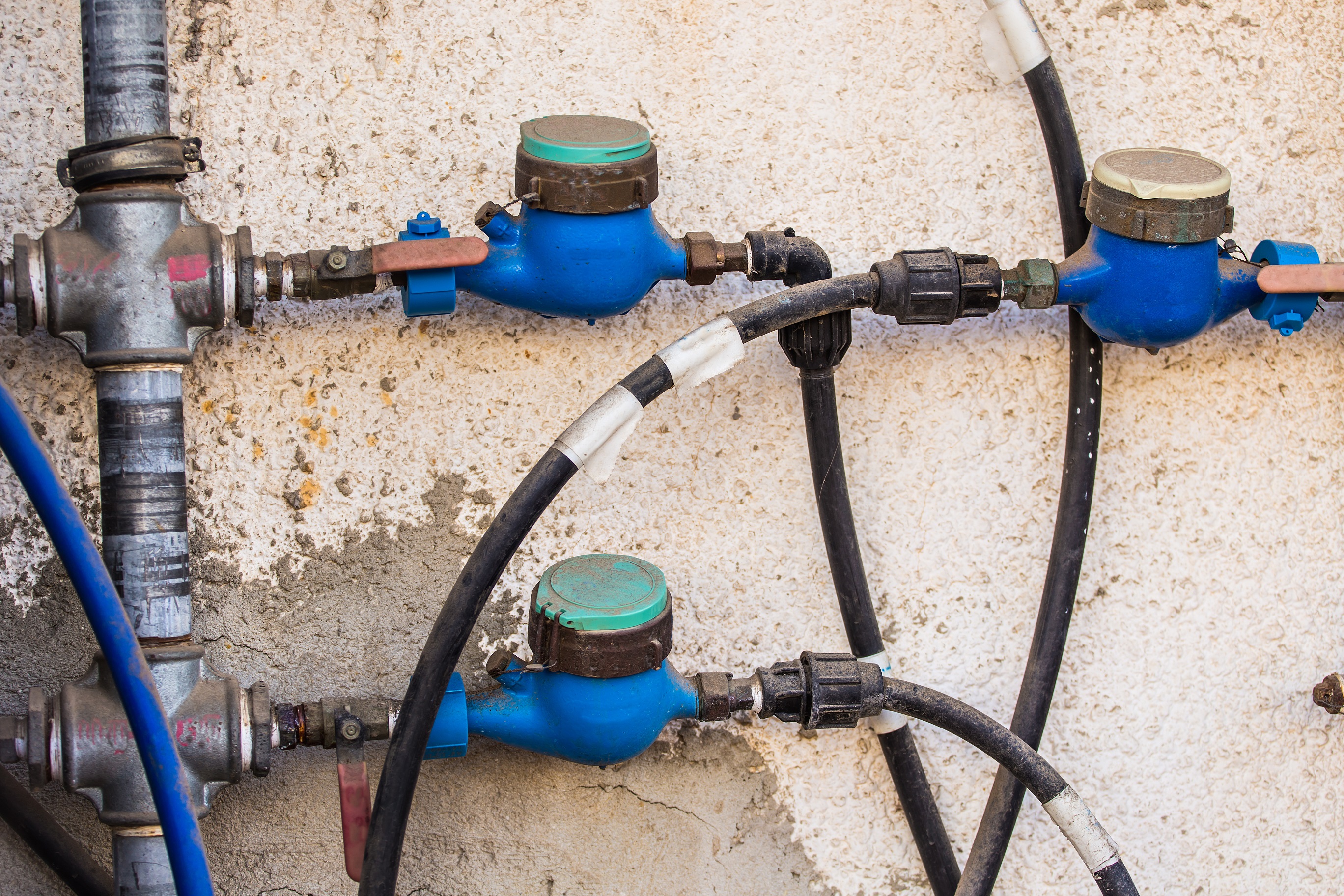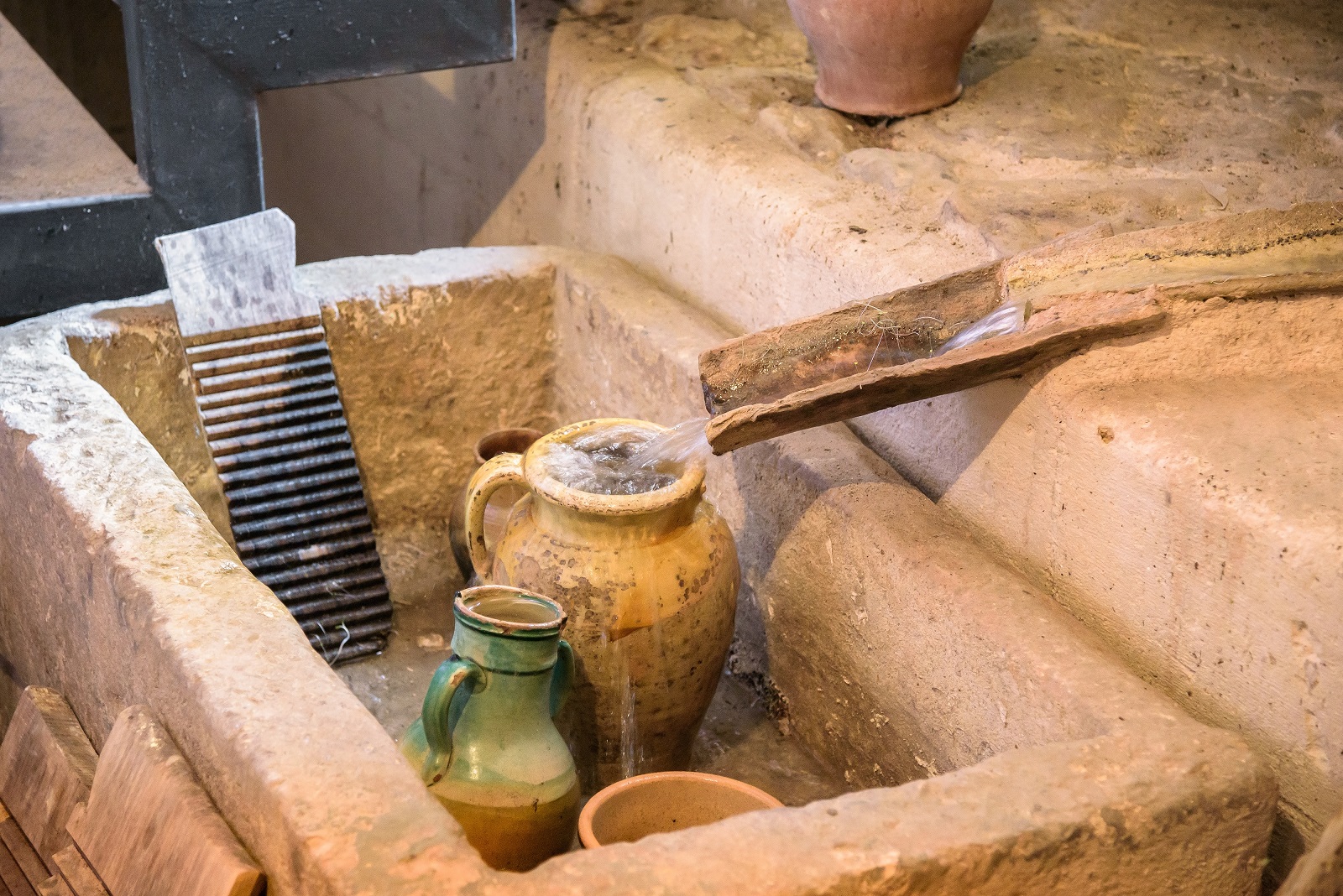Water conservation is the need of the hour because it is a very essential component for life and is indispensable for sustenance. Hence, the management, usage and conservation of water is vital for human beings and for environment and crops as well. As there is a pressing gap between the seasonal accessibility and the equitable usage throughout all the year, so it is of paramount importance to conserve water.
Water conservation practices implies all the procedures, strategies and customs, which can be efficiently used to handle the natural resource fresh water, to safeguard the water levels, and to satisfy the human demand. Besides, sustaining life it also helps to reduce the monthly water bill and decrease water pollution as well. Hence, while designing or building a particular residential property, it is important to concentrate on ideal measures that will aid in water conservation.
Nowadays, households are made up of numerous systems that can conserve water by the utilisation of already-used water. With today’s improved design practices it has become the goal of the engineer/architect to provide a functional layout to save water and thus, save energy as well. For the best results, water conversation needs to be incorporated into the design of the household, even if it is only at the fixture level. Having a system that reduces water usage will not only aid in the sustainability of resources but will also lower energy costs. There are numerous natural, functional and design practices that builders or architects can use to save water. The solutions apply to all residential as well as commercial establishments.
The best way to achieve suitable water conversation measures is to setup up water savings to implement on a particular household. Water conservation will vary depending on the structure of the house. It is important to determine the best water conservation methods. Here, we are going to look at sustainable construction practices and ideal measures that can be used to save water.
1. Low-flow plumbing fixtures
Over the past few years, numerous breakthroughs have been made in designing water systems so that not only are they efficient but effective as well. Advancements have been able to lead to the replacement of high water-consuming fixtures with low-flow fixtures. Numerous low-flow plumbing fixtures are used in a household during construction. A few examples include reduced-flow shower heads, aerators for faucets, high-efficiency toilets and enhanced flush valves. Such low-flow fixtures are also cheap, which allows for the homeowner to invest in a solution that will end up saving them money in the long run. Such fixtures reduce the amount of water needed in any household significantly. On the plus side, water-conserving fixtures are low-maintenance as well so they help to reduce the maintenance bills also.
2. Grey water
Grey water reclamation is all about getting the best out of the water. It can be done through reuse during the construction of various abodes in a particular area. Grey water refers to tap water that has been un-purified by soil, from washing machines bathroom sinks, tubs, and showers. It is basically water, which is not sanitary but at the same time is also not toxic as well. Grey water reclamation entails the reuse of water in such a manner that soil pollution is reduced. Instead of spilling the water into the sewage, water conservation is done through diverting the water. Once the water is diverted, it can be treated through aeration, sand filters, electro-flotation and stored for future uses in other areas. Grey water systems will need to have high investments during the initial costs.
3. Rainwater Harvesting
Residential Rainwater Harvesting is an ideal option for owners and builders looking for an ideal way to conserve water. It is perfect for houses that have large rooftop areas and have a high demand for non-portable water. Capturing and storing rainwater is an effective way to preserve water in many households. In areas where there is high rainfall level, harvesting will be easier. For those households that are present in areas with little rainfall, this would certainly be an ideal investment to make in order to make sure that one does not use the standard source of water consistently. It will have a great impact on water usage and also reduce expenses in the household.
4. Pressure Reduction
In most households, you will find the water pressure is usually unnecessarily too high for the users in the house. High pressure can lead to excessive water usage which is not needed. As a homeowner, one can reduce the pressure of the water in the home and enjoy great savings. The pressure will need to be reduced to a level where it will be able to match the various uses of the house. With this step, there will be a reduction in water usage, thus leading to water conservation.
5. Leak Proofing
A leaking pipe is a very common cause of water loss in many homes and business properties. Leaks can go unnoticed for a very long time, even for many years. Leaks usually happened in pipes that are out of sight, and hence out of mind. To prevent or reduce the loss of water through water leaks, design modifications can be done. Leak detection system can be placed during the development or while building the home, so as to maintain the efficiency of the piping in the building. It means that homeowner or users can cut off area affected by leaks without interrupting the entire water flow in the home. It is necessary for water conservation through proper maintenance and other proactive approaches.
6. DryFix
DryFix was recently introduced in the construction industry and plays a significant role in providing ideal building solutions. Porotherm DryFix offers an excellent material that can be used instead of mortar. The substance acts as a very powerful superglue. With the usage of dry fix, there is reduced use of mortar or in some cases, no usage at all. It will ensure reduced water consumption during building projects of both the residential and commercial buildings. Apart from water conservation, the product also improves productivity and saves on cost. It provides the builders with a cleaner environment and use of scarce resources.
http://californiawithkids.com/tag/camp-whispering-pines/ Porotherm Dryfix.System – Application
7. Low Flow Toilets
In the house, one of the things that consume a lot of water are the toilets. Even in non-residential areas, toilets are the largest water user. To reduce the excess water consumption by toilets, one can have low flow toilets installed during the building process. And with just a simple step, it will lead to greater savings, as it will reduce the water consumption at a very high rate.
Whether there is abundance or scarcity of water, it is important to ensure that there are proper water conservation methods so that the resources can be proactively used in the future as well. In each and every household, implementing water conservation practices will go a long way especially in saving natural resources.
The above suggested methods provide the ideal solution to households that need to employ water preservation techniques. Water is critical, and by efficient use, one will be able to reduce energy consumption, save resources and also save money.




